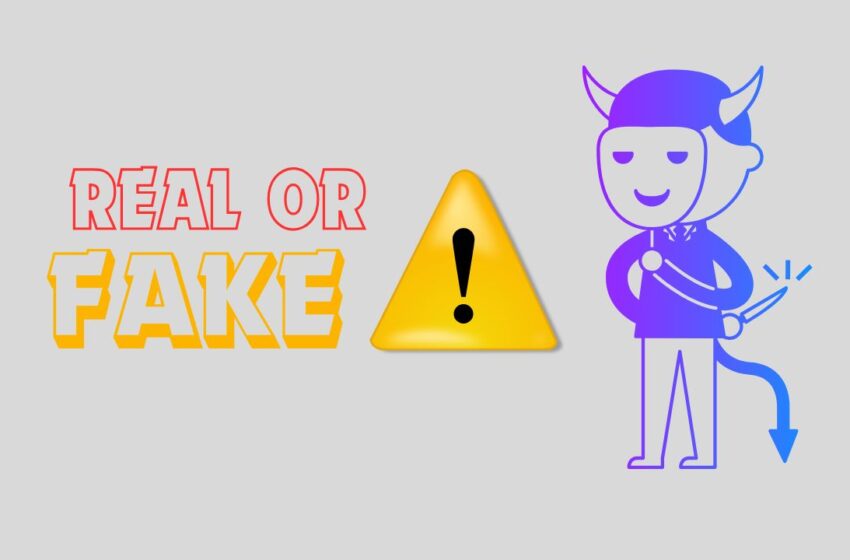What are Predatory Journals and How to Avoid Them

When you set about searching a journal for your manuscript, there’s one big question that needs to be answered: “Is this journal genuine? What if it is a predatory journal?”
In the research landscape, predatory publishers and journals have increased alarmingly over the past decade. Understanding what predatory publishing is can help you avoid these journals.
Common Features of Predatory Journals
How to Avoid Predatory Journals
What are Predatory Journals?
Predatory journals—also called fake journals or pseudo journals—charge exorbitant fees without offering legitimate publishing-related services. These journals do not follow a standardized process for manuscript evaluation, leading to the publication of unverified or falsified research.
There are many reasons to stay away from predatory journals. But to do that, you first need to know how to spot them!
Common Features of Predatory Journals
Predatory journals often display several red flags. Be alert and watch out for them!
Unsolicited invitations to submit papers
Typically, reputable journals do not send out invitations to authors requesting them to submit papers. If you receive an email asking you to write a short communication, a review, or a research paper with the promise of rapid publication, it’s best not to trust it
A large editorial board spread widely across geographies
A diverse editorial board is quite common in many journals. However, if there are too many members from all over the world, it could be details falsified to simply portray the diversity in geography.
Not indexed in major databases
Authentic journals are indexed in major bibliographic databases like JCR, Scopus, and DOAJ. If a journal is not indexed in any of these or advertises that it is indexed in Google Scholar, consider it a red flag.
Missing or unverifiable physical address
All journal websites are expected to provide the physical location/street address for authenticity. If the physical address is missing from the website, it could be a predatory journal. Alternatively, the address given could be false if it is hard to find.
Unclear peer review process
Most credible journals present the peer review process followed by them in detail on their website. Not displaying the peer review process clearly is a potential sign of a predatory journal. Even if the journal offers peer review, verify whether the reviewers are qualified
How to Avoid Predatory Journals
Now that you know what features to look for in your search for journals, here are five tips to spot and avoid predatory journals.
1. Carefully examine the journal’s name and URL
Predatory journals often have names closely resembling well-established journals to mislead authors. Also, the URL domain is a good indicator of the authenticity of the journal website. Check both of these carefully.
2. Look up the names of editorial board members
When in doubt, try contacting the editorial members to verify whether they are indeed a part of the journal’s editorial team. If no contact information has been provided, it could potentially be that the members’ names have simply been added to the list to provide false information.
3. Review the author fee policy
Before sending your paper for submission, check the publication charges or the author fee policy.
- Are the charges exorbitant?
- Do they claim that the article fees will be notified only after acceptance?
- Are the papers accepted simply for a fee without a robust peer review?
Answering these questions will help you validate the authenticity of the journal.
4. Check the quality of research articles published
Browse the articles that have been previously published in the journal. You can check with your supervisors or department heads to gauge the quality of research papers.
5. Verify if the papers in your field are cited
See whether the papers related to your field have received a sizeable number of citations in that journal. You can also discuss with your professors, supervisors, or peers regarding their experience with publishing in that journal.
Takeaways
Journal selection is a crucial step in your research publication process. Do not rush through this process just to have your paper published quickly. Review the journal website thoroughly and put in effort to validate the journal’s authenticity.
You can find the potential list of predatory journals here and here.
Struggling to find the right journal for your research? Check out Editage’s specialized Journal Selection Service and get expert recommendation for topmost suitable journals for you!



